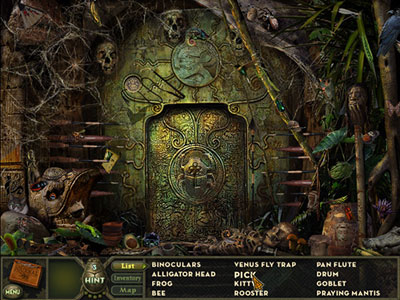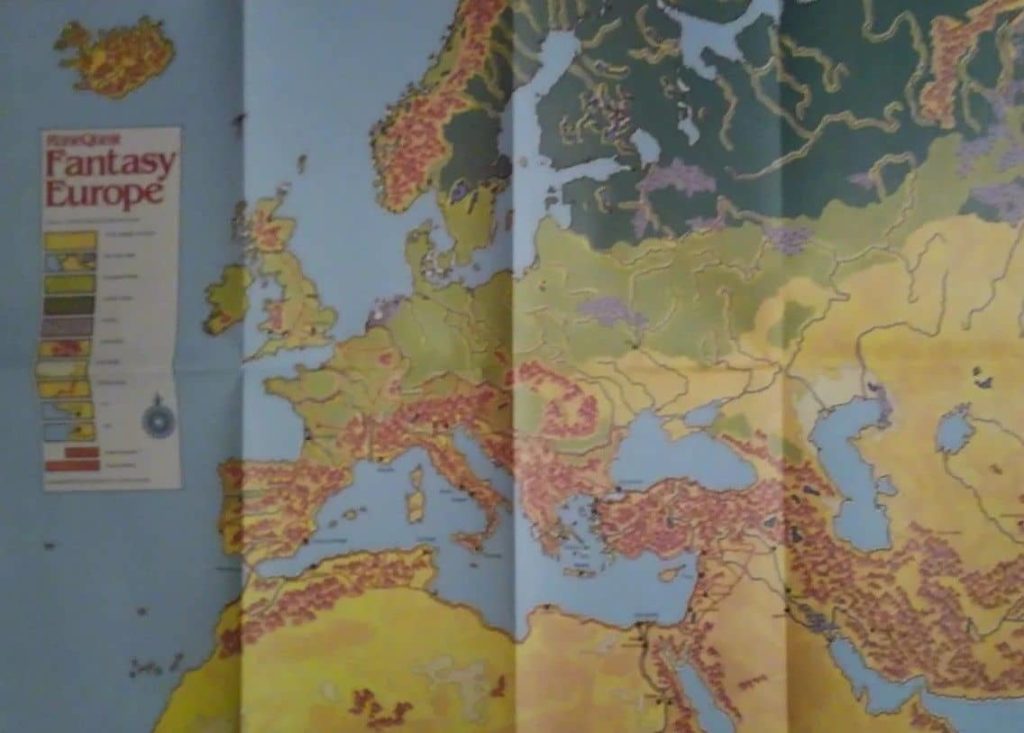

We felt that we should focus on what makes the Vikings unique and make that as fun as possible. John: Early in development, the Vikings originally had abilities by default in fact, each Viking had different abilities! But it was very difficult for us to get a handle on how they should play when so much of a player's effectiveness was wrapped up in how you used the abilities. Why did you decide to allow players to unlock abilities?

In fact, the Vikings can choose talents to unlock abilities as the match progresses. Trikslyr:The Lost Vikings do not start with any additional abilities on their Q, W, or E. By the time you read this, talented players may take the Vikings to the next level-we're excited to see how players react to them! In my experience, they create a frantic, exciting, high-speed game experience not unlike StarCraft II. The ability to control each Viking individually means that players should expect a unique challenge when playing The Lost Vikings. Each Viking has their own death timer, and each interacts with map mechanics individually. Certain Talents can benefit a Viking individually, while other Talents benefit them all. Finally, Olaf the Stout has the most health and can charge to enemies, slowing them for a short time, but otherwise has a slower movement speed. Baleog the Fierce has an average health pool and movement speed, but boasts a powerful ranged attack that deals splash damage. Erik the Swift moves faster and attacks from a longer range than the others, but has the smallest health pool. John: Unlike all of our other current Heroes, the Vikings are three Heroes in one! Playing The Lost Vikings is a challenge in micromanagement, as if you were controlling a set of units in StarCraft, moving and attacking with them as a group or individually.Įach Viking has different attributes from the others. TrikSlyr: Can you give us a brief introduction of the mechanics the Vikings will be introducing to Heroes of the Storm? What makes them different and what should players expect?

For example, in The Lost Vikings, only Baleog could attack, but we felt that all the Vikings should be able to attack in Heroes of the Storm. However, we had to break from the original in some respects, too. We tried to include as much of the original Vikings as we could into the game as long as it made mechanical sense for Heroes of the Storm, so we retained things like the different Viking movement speeds and Erik head-butting enemies (through a Talent). Once we nailed down this core concept, we built the Vikings around it. That was the concept we ran with for The Lost Vikings in Heroes of the Storm: three individual Heroes that the player could control. The answer was that it was a game that required players to solve puzzles by swapping between three avatars in the game- a unique hook for a puzzle-platformer game at the time. We asked ourselves what made The Lost Vikings a unique, fun experience. This is true for all characters, from Valla to Chen, to The Lost Vikings- it's just that in the Vikings' case, the time between then and now has been much longer than it was for other characters. John: Whenever we bring a new Hero into the Nexus, we try and identify what made those characters so memorable in the first place, then somehow incorporate those identifying features into the game. How did the design team tackle the concept of bringing these Vikings from a very different type of game to Heroes? What was important to carry over from the original series? The Lost Vikings was a puzzle platformer we released back in 1992, and gave many players their first Blizzard experience. Trikslyr: Heroes of the Storm is all about creating an environment in which Blizzard's characters from a variety of games battle it out. This time, Game Designer John Hodgson sits down to chat about The Lost Vikings. It’s time for another Developer Insights, where we bring you the inside scoop on heroes and their transition to the Nexus.


 0 kommentar(er)
0 kommentar(er)
